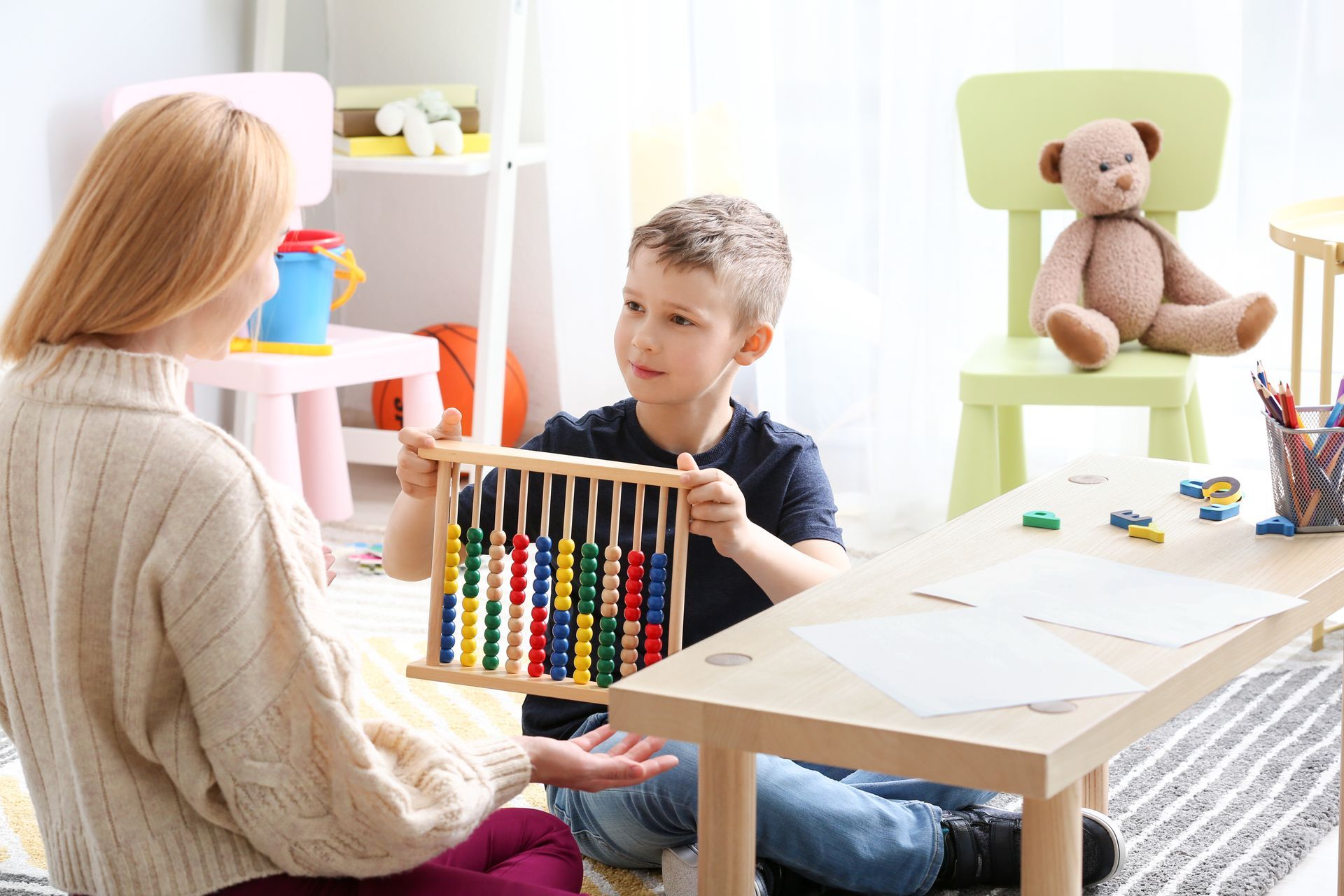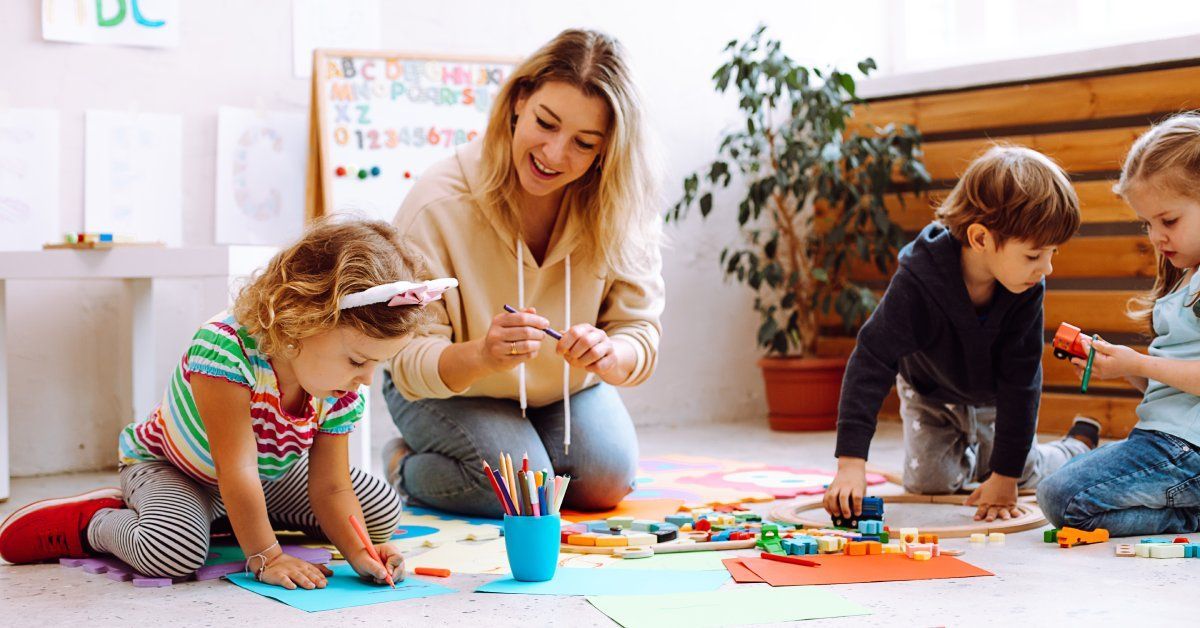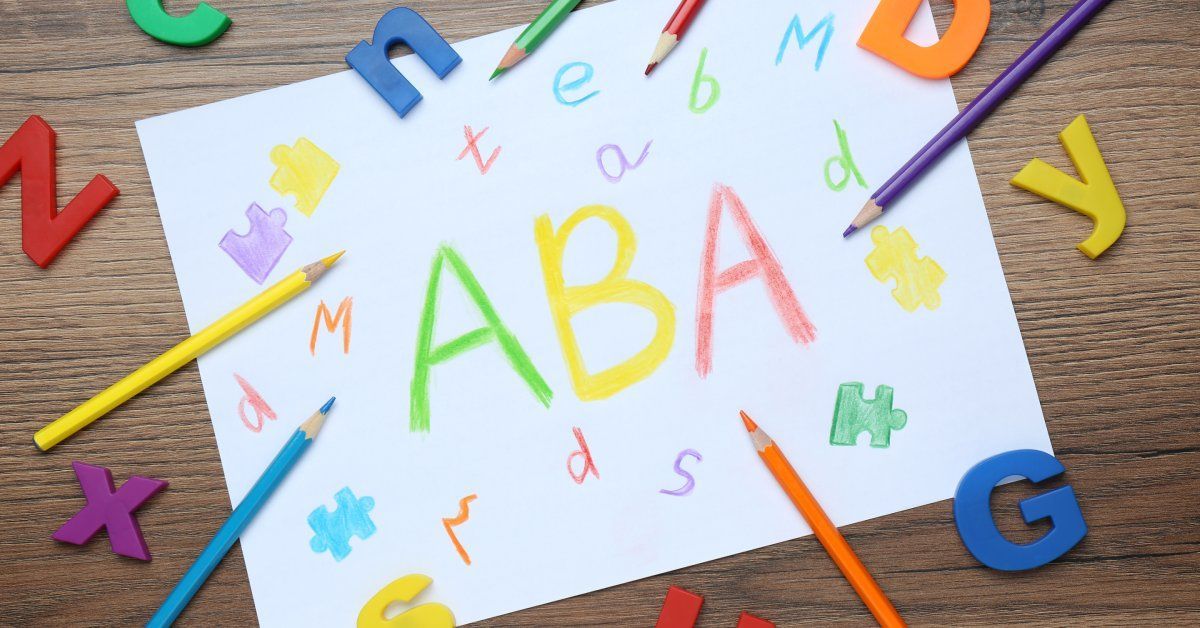How ABA Therapy Can Promote Independence
As a parent of a child with autism, one of your deepest hopes is likely for them to navigate the world independently with confidence and self-assurance. Fostering independence is a journey filled with unique milestones and personal victories. While every child's path is different, providing the proper support can unlock their potential and empower them to lead a more autonomous life. This is where Applied Behavior Analysis (ABA) therapy often plays a transformative role.
Our guide will explore how ABA therapy helps build the foundational skills necessary for greater independence. We will look at how it supports everything from daily routines and communication to emotional regulation and social interactions. Understanding how ABA therapy can promote independence gives you the tools and knowledge to advocate for your child and celebrate their progress every step of the way.
What Is ABA Therapy and How Does It Work?
Applied Behavior Analysis (ABA) is a therapeutic approach grounded in the science of learning and behavior. Its primary goal is to help individuals develop meaningful skills and reduce behaviors that interfere with learning and daily life. Therapists use proven techniques to understand how behavior works, how it is affected by the environment, and how learning takes place.
ABA therapy is highly personalized. A qualified therapist begins by assessing a child’s unique strengths, needs, and family goals. From there, they design a program that targets specific skills, such as functional communication, social abilities, and self-care. The therapy uses positive reinforcement to encourage desired behaviors, making learning a motivating and rewarding experience. This tailored approach ensures that the skills taught are relevant to the child’s life and contribute directly to their growing independence.
Building Blocks of Independence Through ABA
At its core, ABA therapy teaches complex skills by breaking them down into small, manageable steps, a technique known as task analysis. This method is fundamental to building independence because it makes seemingly overwhelming tasks achievable.
For instance, a morning routine can be broken down into individual actions—waking up, using the toilet, brushing teeth, and getting dressed. A therapist works with the child on each step, providing support and reinforcement until they can complete it on their own. This process fosters autonomy by teaching the child how to perform tasks for themselves rather than relying on a caregiver to do it for them.
Functional Communication as a Key to Independence

Communication is one of the most powerful tools for independence. When children can express their needs, wants, and feelings, they gain control over their environment and experience less frustration. ABA therapy places a strong emphasis on developing functional communication, whether it is through spoken words, Picture Exchange Communication System (PECS), or other augmentative and alternative communication (AAC) devices.
By teaching a child how to ask for help, making a choice between two snacks, or sharing that they feel sad, ABA empowers them to interact with the world in a meaningful way. This ability to communicate effectively reduces challenging behaviors that often stem from an inability to be understood.
Self-Help Skills and Daily Routines
Confidence often grows from the ability to manage personal care. ABA programs systematically target essential self-help skills like eating with utensils, toilet training, and putting on clothes. Therapists use reinforcement strategies to motivate children as they practice these tasks. For example, a child might earn a favorite toy after successfully putting on their shoes. Repetition and patience are vital, and celebrating small wins, such as zipping up a jacket for the first time, builds momentum and encourages the child to keep trying. Mastering these daily routines provides a profound sense of accomplishment and self-reliance.
Emotional Regulation and Coping Strategies
ABA therapy equips children with tools to manage their emotions better and respond to overwhelming situations with greater independence.
Recognizing Emotions Early
Therapists help children identify their emotions before they become overwhelming. By noticing signs of anxiety, frustration, or sensory overload early on, children can learn to take control of how they respond—rather than reacting impulsively.
Practicing Calming Techniques
Children practice simple, effective strategies like deep breathing, using a stress ball, or asking for a break. These techniques become part of their daily routine, helping them stay calm and focused in different environments.
Building Independence Through Emotional Skills
As children learn to regulate their emotions, they gain confidence in handling difficult moments on their own. ABA therapy supports this growth by reinforcing self-regulation skills in real-world situations, both in and outside of therapy sessions.
Social Skills That Support Independent Interactions
Navigating social situations can be challenging, but it is a key component of living an independent life. ABA therapy for kids includes structured opportunities to learn and practice age-appropriate social skills. Therapists may teach concepts like turn-taking during a game, sharing toys with a peer, or initiating a conversation. These skills are often taught in a controlled setting first and then generalized to real-world environments like school or the playground.
Improving social competence helps children build relationships and participate more fully in their communities, enhancing their overall quality of life. Understanding how ABA therapy can promote independence in social settings is crucial for long-term success.
Problem Solving and Flexibility

ABA therapy helps children develop problem-solving skills and cognitive flexibility. Therapists may create scenarios where a child must think differently, such as what to do if a favorite crayon breaks or if a planned outing is canceled due to rain. By guiding them through these minor setbacks in a supportive environment, therapists help build resilience and adaptive thinking. This prepares children to handle life’s daily curveballs with greater confidence and less anxiety.
The Role of Families in Promoting Independence
When parents and caregivers are involved, they can learn the same strategies used by therapists to reinforce skills at home. This consistency across different environments is crucial for a child’s progress. For example, if a child is learning to request a drink using a sign, having parents recognize and respond to that sign at home strengthens the new skill. Parent involvement empowers the entire family, creating a supportive network that champions their child’s journey toward independence.
Building Toward a More Independent Future
Starting ABA therapy early can have a significant long-term impact on a child's development. The foundational skills learned through early intervention create a ripple effect, opening doors to more advanced learning and greater life opportunities. It is important to remember that independence does not mean doing everything alone. Instead, it means being able to do more with confidence, navigate challenges with resilience, and communicate needs effectively. The small, consistent steps taken in therapy today build the foundation for a more independent and fulfilling future.
Your Partner in Progress
ABA therapy offers a structured, evidence-based path toward helping children with autism gain the skills they need to thrive. By focusing on everything from communication and self-care to emotional regulation and social interactions, it builds a comprehensive foundation for independence.
Progress is a journey—not a race—and with the right support, your child can achieve remarkable growth. If you are ready to explore how this therapy can benefit your child, reaching out to a qualified ABA provider is a great first step.






